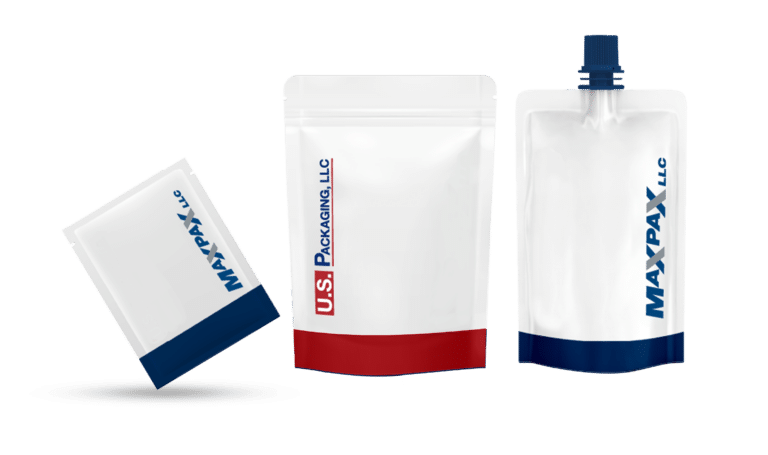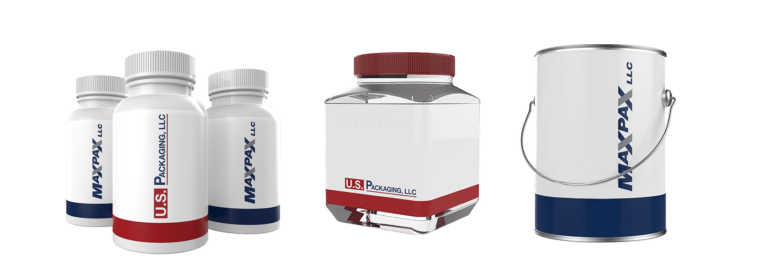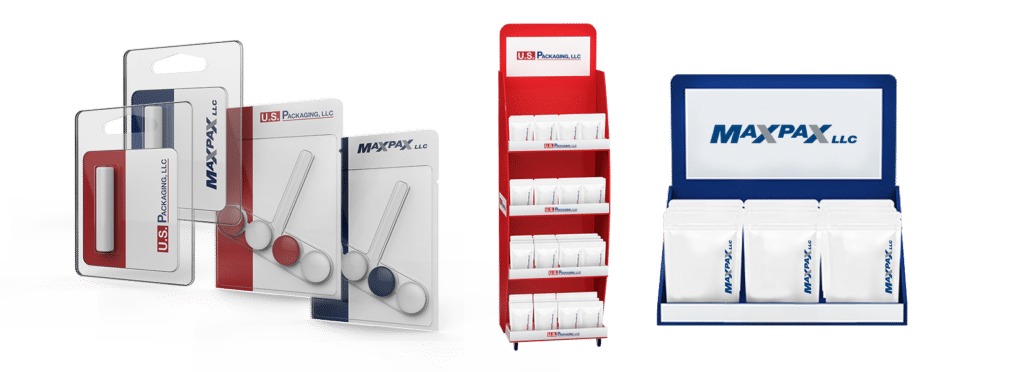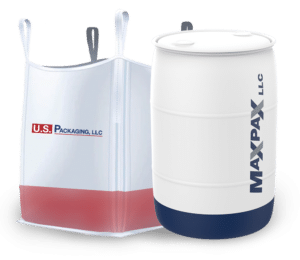Effective product packaging is not just about aesthetics. It’s a critical component that impacts product safety, functionality, and consumer satisfaction. When packaging cleaners, sanitizers, and personal care products, you’ve got to make sure you have chemical compatibility while meeting stringent regulatory requirements.
From the experts at MaxUS Operations, here are a few insider tips about what manufacturers need to consider when designing their packaging.
1. Product Packaging: Material Compatibility
Choosing the right materials for your packaging is crucial to prevent chemical reactions that can compromise product integrity. Opt for materials that are resistant to corrosion or degradation when in contact with active ingredients commonly found in cleaners and sanitizers.
2. Durability and Stability
Your packaging must withstand the rigors of transport and usage without leaking or breaking. Select robust materials and closures that maintain their integrity under various conditions to ensure consumer safety and product longevity.
3. Dispensing Functionality
Functional dispensers are key to consumer convenience and product control. Incorporate pumps, sprays, or squeeze mechanisms that allow users to apply the product easily and accurately, enhancing the user experience and minimizing waste.
4. Regulatory Compliance
Navigating the landscape of regulations is vital. Ensure your packaging meets all legal requirements for your product type, including safety features like child-resistant caps and proper labeling, to avoid legal pitfalls and ensure market entry.
5. Consumer Safety
Packaging should protect consumers from exposure to potentially harmful substances. Implement features such as tamper-evident seals and secure closures to promote safe usage and instill consumer trust.
6. Brand and Aesthetics
A visually appealing package that aligns with your brand identity can significantly influence purchasing decisions. Design your packaging to reflect your brand’s ethos and appeal to your target demographic, ensuring it stands out on the shelf.
7. Product Packaging Sustainability
As consumer demand for eco-friendly products rises, consider the environmental impact of your packaging. Explore options like recyclable materials or refillable containers to enhance your brand’s appeal to environmentally conscious consumers.
8. Cost Efficiency
Balancing quality with cost is essential for maintaining profitability. Aim for a packaging design that meets all functional and regulatory requirements without inflating the end cost to consumers.
9. Shelf Life and Preservation
Protecting the formulation’s integrity until the end of its shelf life is imperative. Use packaging that shields against external elements like light, air, and moisture to preserve the effectiveness and freshness of your product.
10. Product Packaging Size and Portability
Offering various-size products can cater to different consumer needs, from travel-friendly bottles to cost-effective bulk options. Consider the lifestyle and usage habits of your target market when deciding on packaging sizes.
Packaging is a powerful tool that goes beyond mere containment for cleaners, sanitizers, and personal care products. It plays a pivotal role in product success, impacting everything from safety and usability to consumer perception and brand loyalty. By prioritizing these essential considerations, manufacturers can ensure their products are well-received and successful in today’s competitive market.
Want to experience the best that product packaging has to offer? Choose MaxUS Operations for all your contract packaging needs.






